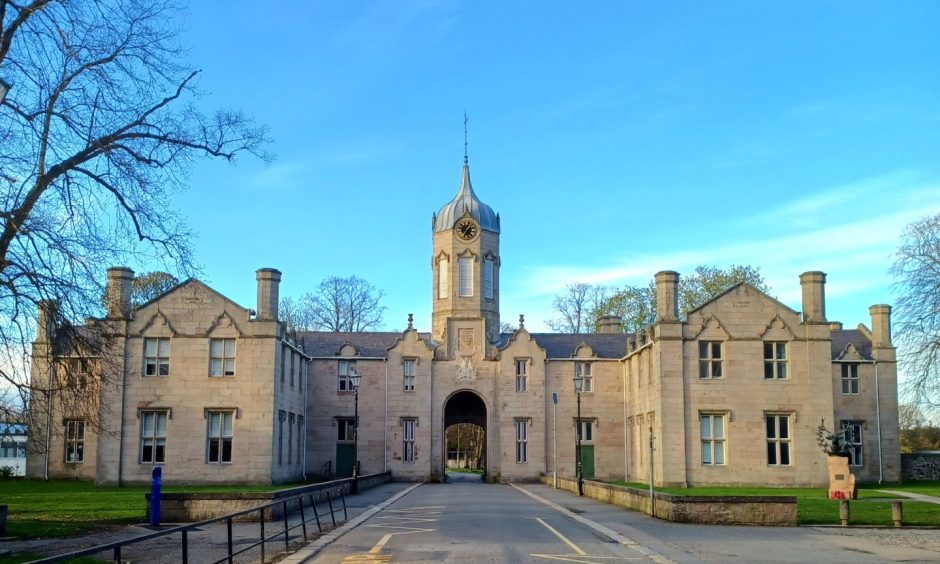
To amble along the lofty linden tree avenue to The Gordon Schools is to take a path unchanged for generations of scholars in Huntly.
The Gordon Schools was founded by the benevolent Elizabeth Gordon, the wife of the fifth and last Duke of Gordon, in 1839.
Nicknamed “the Good Duchess”, Elizabeth used her position and wealth to dedicate her life to improving the lives of those around her at a time when classism and servitude ruled.
Who was The Gordon Schools’ female founder Elizabeth Gordon?
Elizabeth Brodie was born into Clan Brodie in 1794; her father Alexander was MP for Elgin and her mother Elizabeth Wemyss died when she was six.
An only child, Elizabeth was brought up by aunts in Elgin where she was described as “a happy, mirthful child, robust in frame, and vigorous in mind; extremely amiable but possessed of a strong, resolute will”.
At eight, this strong-willed quine was sent to boarding school in London where her Scottish dialect was “corrected”.
But upon leaving education and entering society in Bath aged 17, Elizabeth gladly reacquired her Scots’ tongue and delighted in all aspects of her heritage.
Jane Gordon, the “brilliant and beautiful” wife of Alexander the fourth Duke of Gordon, identified Elizabeth as a suitor for her eldest son, George.
A wealthy heiress but not classically beautiful, differing accounts exist of Elizabeth’s character.
Some describe her as religious “with no conversation”, others as “blooming” with youth and ambition.
Debt-ridden Duke was unlikely marriage match for pious Elizabeth
However, for George, who had won military honours in battles abroad, it was said his “better conquest” was in winning the hand of Elizabeth.
George, a handsome “man of the world” was 24 years her senior, had three illegitimate children and was already riddled with debts when they married in 1813.
Already a philanthropist, establishing churches and schools across Scotland, Elizabeth paid off his debts and took control of his finances.
They had a very happy marriage, but not one that would bear children.
George once said: “I have been unfortunate in everything but in having a good wife.”
When he succeeded the Dukedom in 1827, Elizabeth became Duchess of Gordon.
Instead of retreating into domestic duties, she only increased her welldoing through extended opportunities.
Although her charity did not extend to the Duke’s illegitimate children.
Elizabeth had avant-garde ideas and the means to execute them
Elizabeth was “adored by the poor and needy of Huntly”, but those in her own class sneered at Elizabeth’s deep devotion to religion and found her “a little too earnest”.
First an Episcopalian and later a Presbyterian, religion drove her philanthropy.
But not your average aristocrat, Elizabeth had avant-garde ideas and the means to execute them.
She was “lavish” yet modest in her charity, and confident enough to stand her ground in a man’s society as a wealthy noblewoman in her own right.
The Duke was very attached to Elizabeth, and even sold some horses and heirlooms to assist her in funding a chapel and school at Gordon Castle, Fochabers.
Upon his death in 1836 “her sorrow was lasting and sincere”.
With no children, the Gordon line perished with him.
Elizabeth moved into her favourite residence Huntly Lodge, now the Castle Hotel, and decided to pay tribute to her husband in a way that benefitted the children of Huntly.
The Gordon Schools memorial was to benefit ‘unborn generations’ in Huntly
The Gordon Schools rose from her desire to continue the Duke’s memory and his love of his native land.
Elizabeth lay the foundation stone – for what is now known as the Simpson Building – on February 27 1839.
She had many radical views on education and the school was built in three departments in the Duke’s name, hence The Gordon Schools.
It comprised a secondary school for boys, an industrial school for girls, and a school for infants of both sexes.
The industrial school was an attempt to educate girls who had previously not been thought worth teaching.
These girls were involved in growing domestic industry and Elizabeth felt they would have more success if properly educated.
Five thousand people walked in procession to the ceremony; girls and boys, the gentlemen of Huntly and the tenantry of the Gordon estates, and many “respectable strangers”.
The Simpson building was described as a “splendid monument” to the affection of Elizabeth for the Duke’s memory which would benefit “unborn generations”.
The Simpson Building was built in white sandstone from Rhynie
Upon its opening in late 1840, the Press and Journal said: “The monument does honour to the living as well as to the dead.
“It will confer a lasting benefit on Huntly. Its benefits are for the present and future.”
The memorial was not an ornamental folly or statue, but “a noble structure designed for the education of youth”.
The Gordon Schools took the form of an “elegant front” of two storeys above a basement level, all of “finely cut white sandstone from the hills of Rhynie”.
In the centre was an arched gateway with galleries above, surmounted with a spire and elliptical dome.
Inside, the classrooms were large and comfortable, with the cost of the building coming to just over £3,000.
Religious Disruption caused The Gordon Schools to split in 1843
In the industrial school, girls were taught sewing, cooking and other accomplishments “thought proper to their sex at the time”.
But the secondary education was interrupted by the Disruption in 1843 when the Church of Scotland split into two factions.
Religion was fundamental in schooling at the time, and the secondary department split into two independent sections with separate staffs.
It became the Parish School and the Free Church School.
It was thought Elizabeth’s sympathies lay with the latter as she also sided with the Free Church during the Disruption.
The Parish School was more adequately staffed with qualified teachers, while the “zeal” of pupil-teachers and apprentices at the Free Church School made up for the lack of qualifications.
But despite their differences, both schools produced eminent pupils in the 1800s.
These included biblical scholar Dr James Hastings, academic and journalist Professor William Minto, and brothers top civil servant Sir Charles Edward Troup and London architect Frank Troup, who designed Huntly war memorial.
Week-long celebration for The Gordon Schools’ centenary in 1939
Elizabeth died aged 69 on a snowy January day in 1864 at her beloved Huntly Lodge.
Her funeral was a day of biting cold and driving snow, but still many followed her hearse through Huntly before it left for Elgin Cathedral.
A new era followed the Duchess’ death, and in 1872 the Education Act reformed schooling.
Two years later the Parish School and Free Church School were united once again as The Gordon Schools.
The first headmaster of the combined schools was Dr George Smith from 1881-89, and he was still alive to see the schools’ centenary in 1939.
The 100th anniversary was a week-long celebration starting with a service at Huntly Parish Church led by four minsters who were former pupils.
‘They are probably the most beautiful buildings in town’
Upon the centenary, The P&J said: “As they stand today, The Gordon Schools are probably the most beautiful buildings in a town which is unusually full of old-world grace and charm.”
Former rector Mr James wrote: “When the river of time is wending out to sea, then shall our thoughts return in memory’s hour to the school of the Tower and Linden Tree.”
Education in 1939 had changed remarkably from 1839; in addition to studies, pupils partook in commercial training and even bee-keeping.
And the changes since then have been greater still.
Despite a patchwork of extensions, The Simpson Building would still be recognisable today to those first pupils 186 years ago.
An enduring, silent witness to generations of education in Huntly.
If you enjoyed this, you might like:
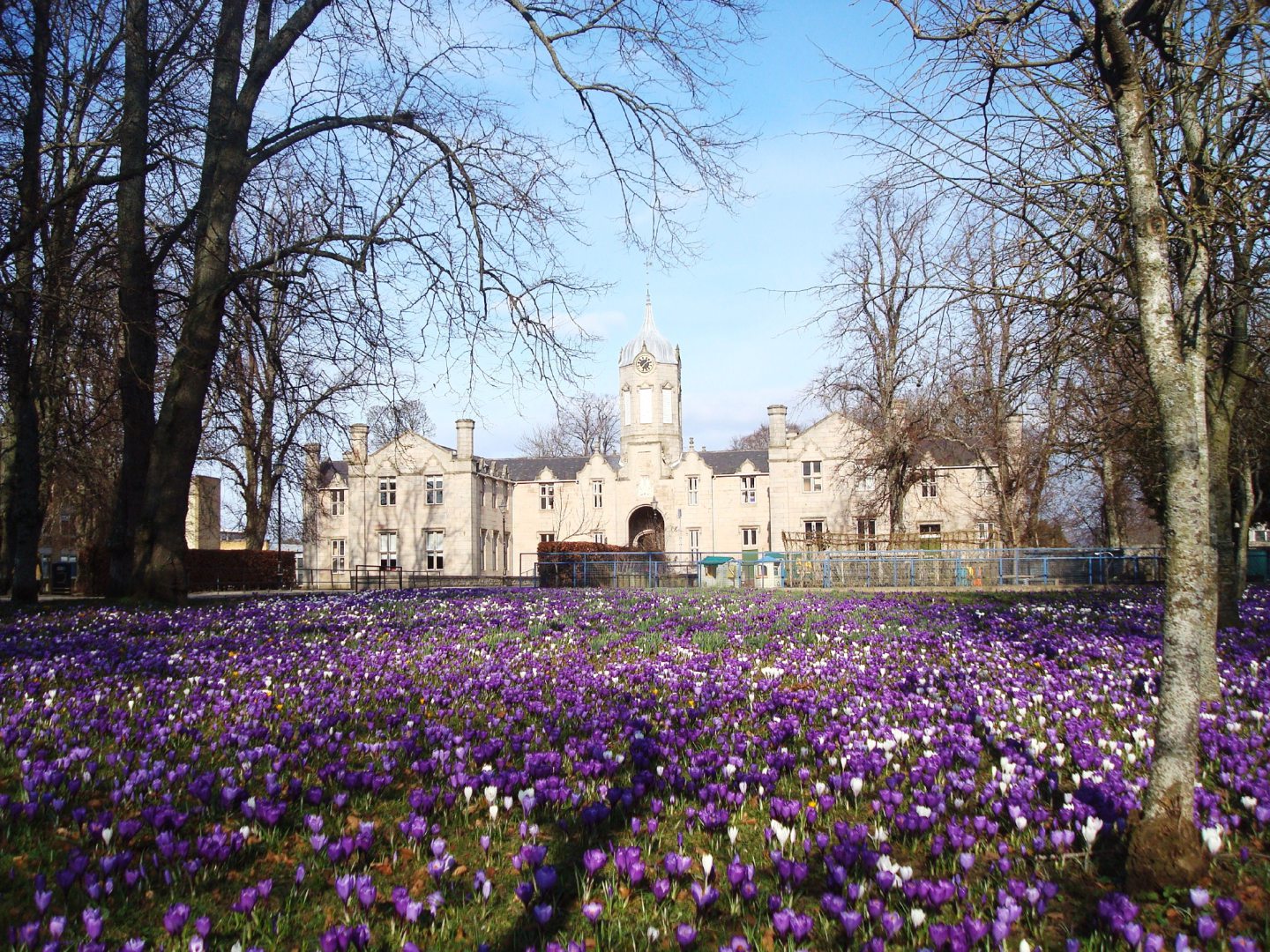
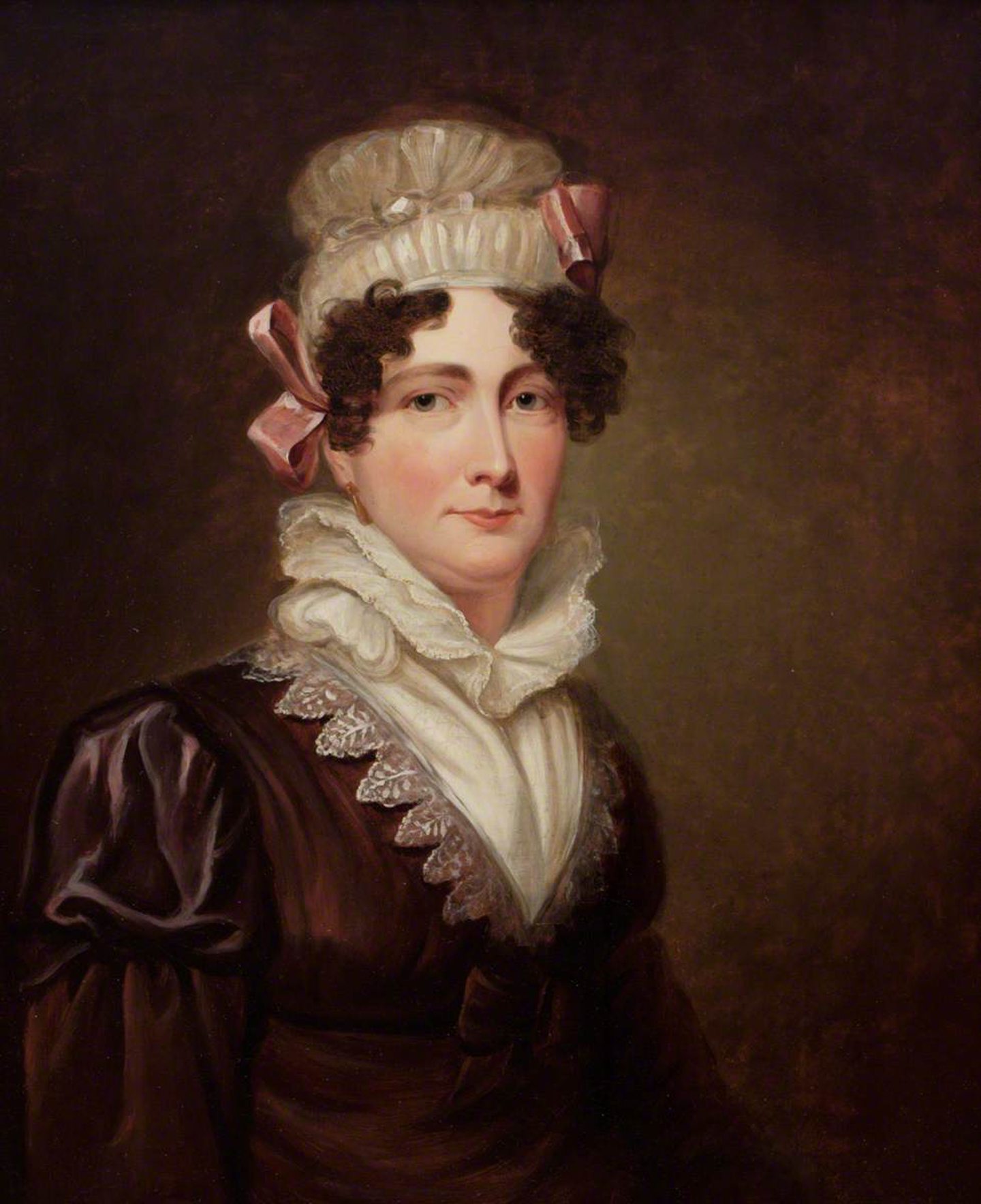
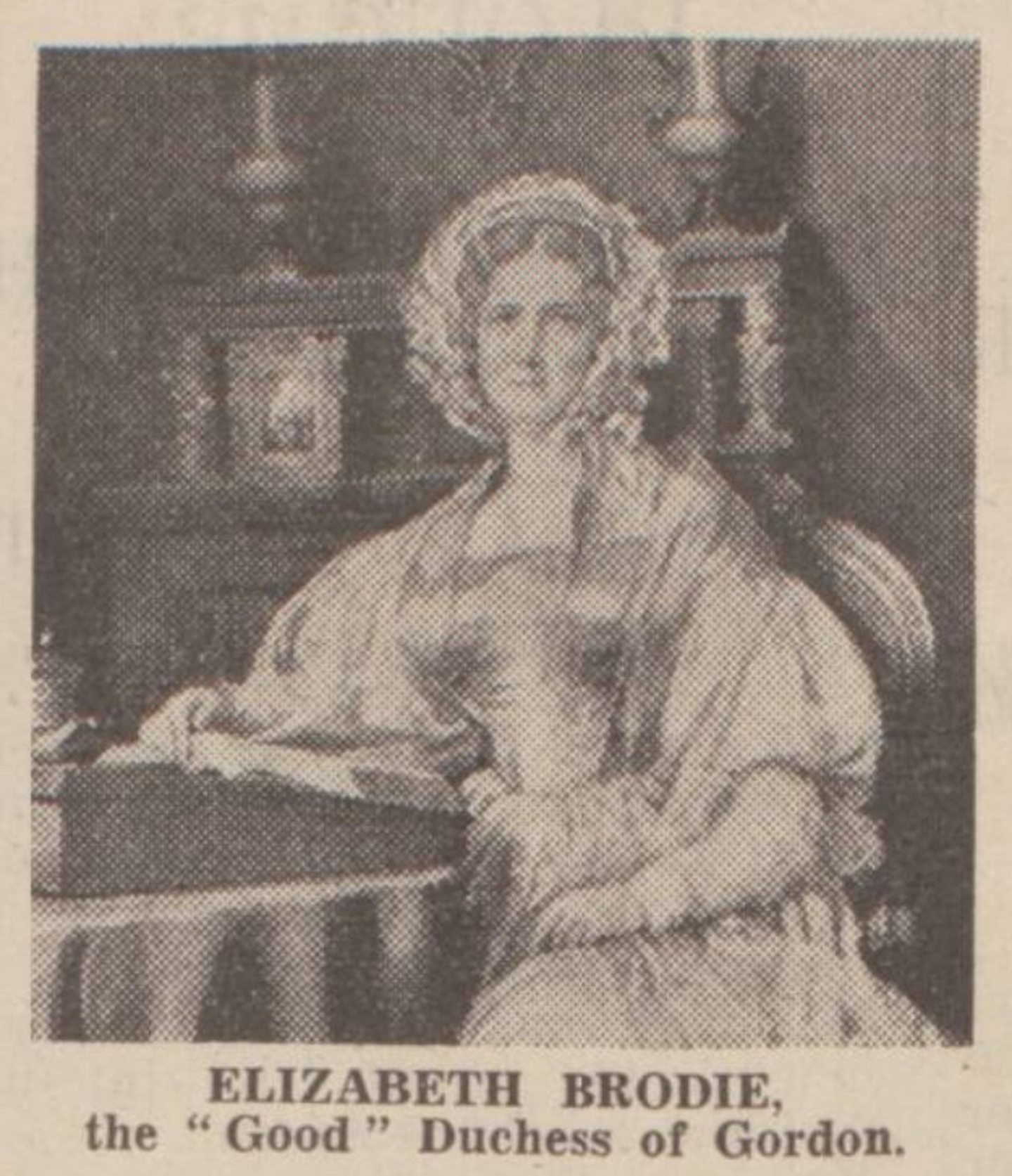
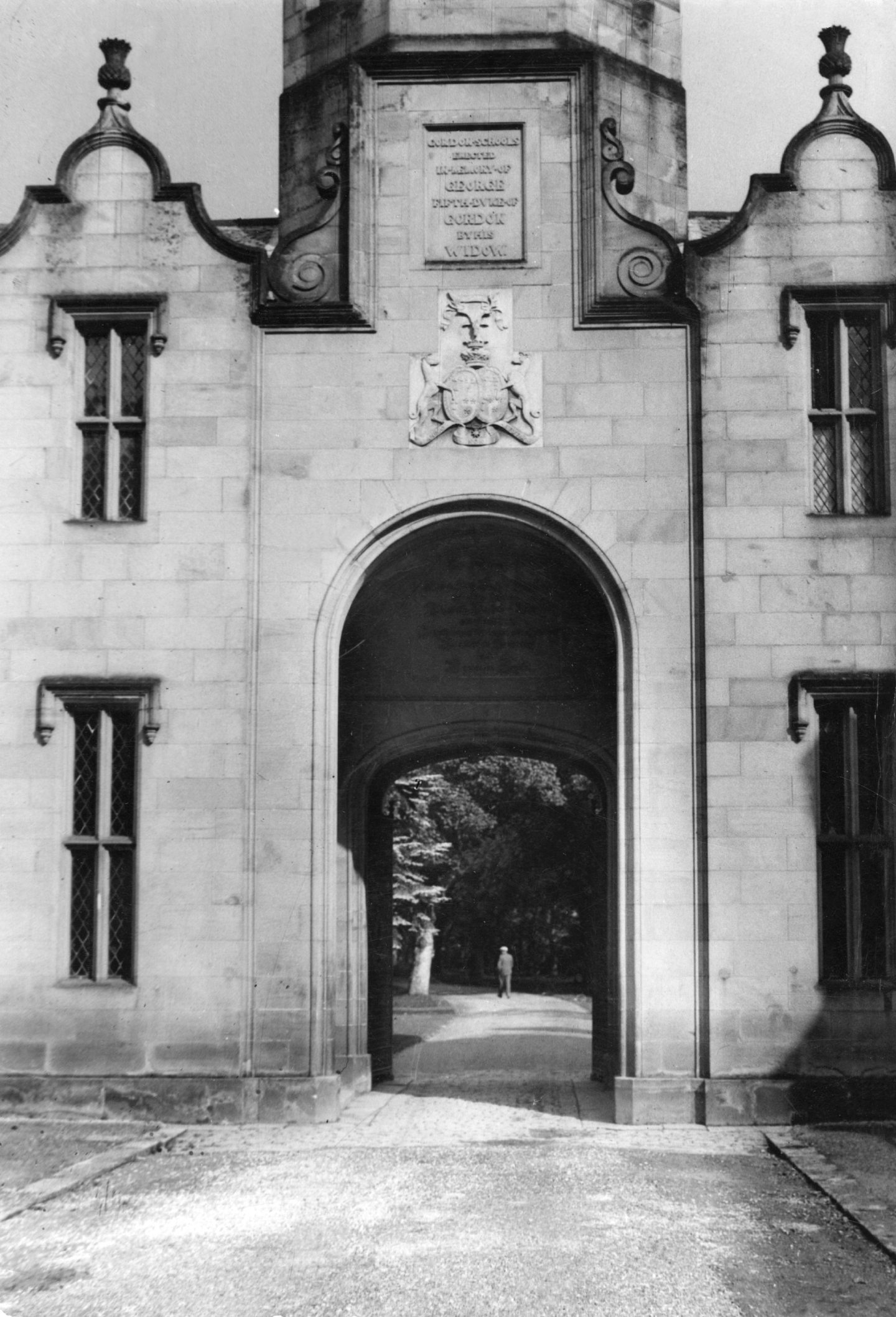
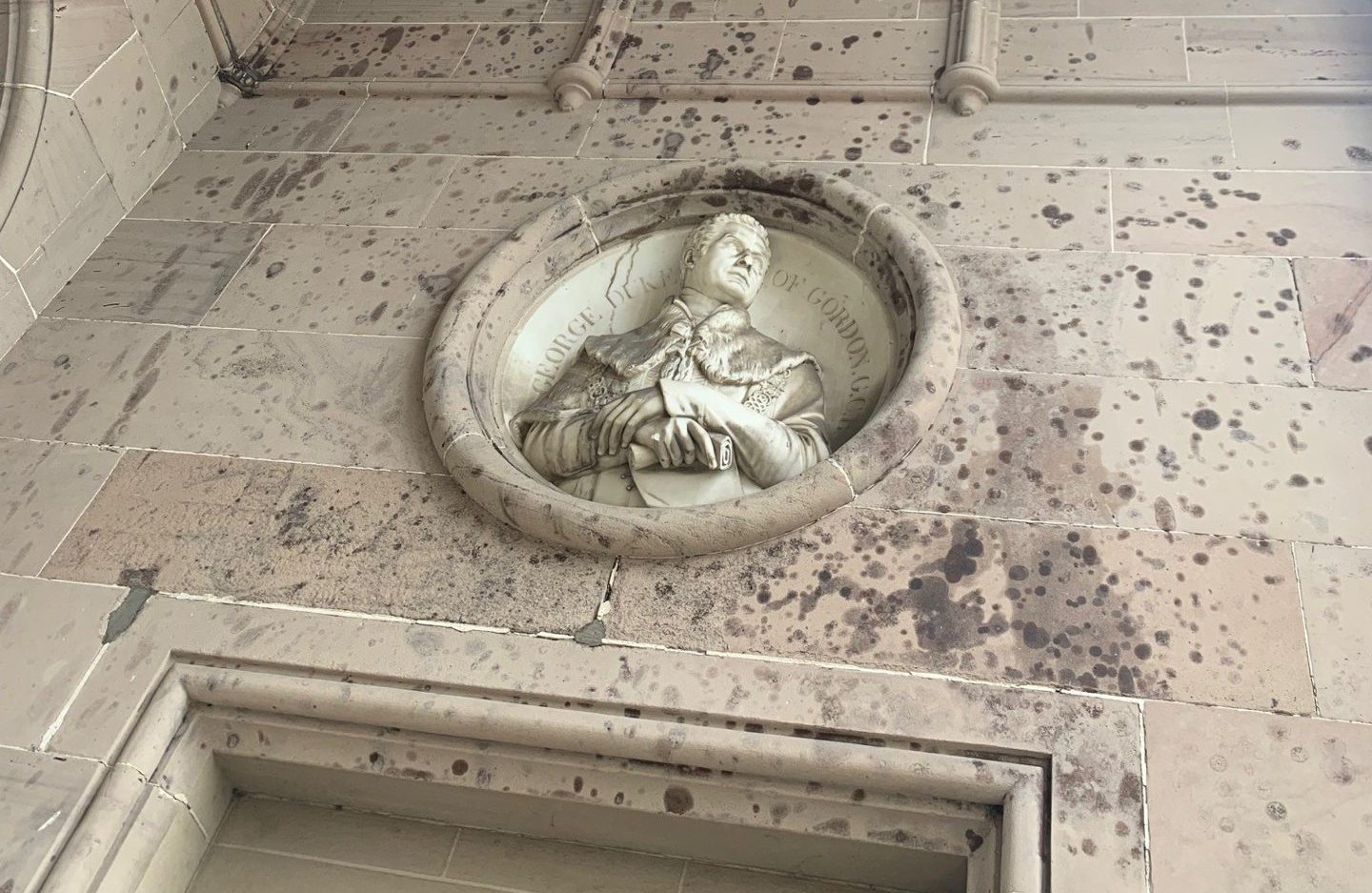
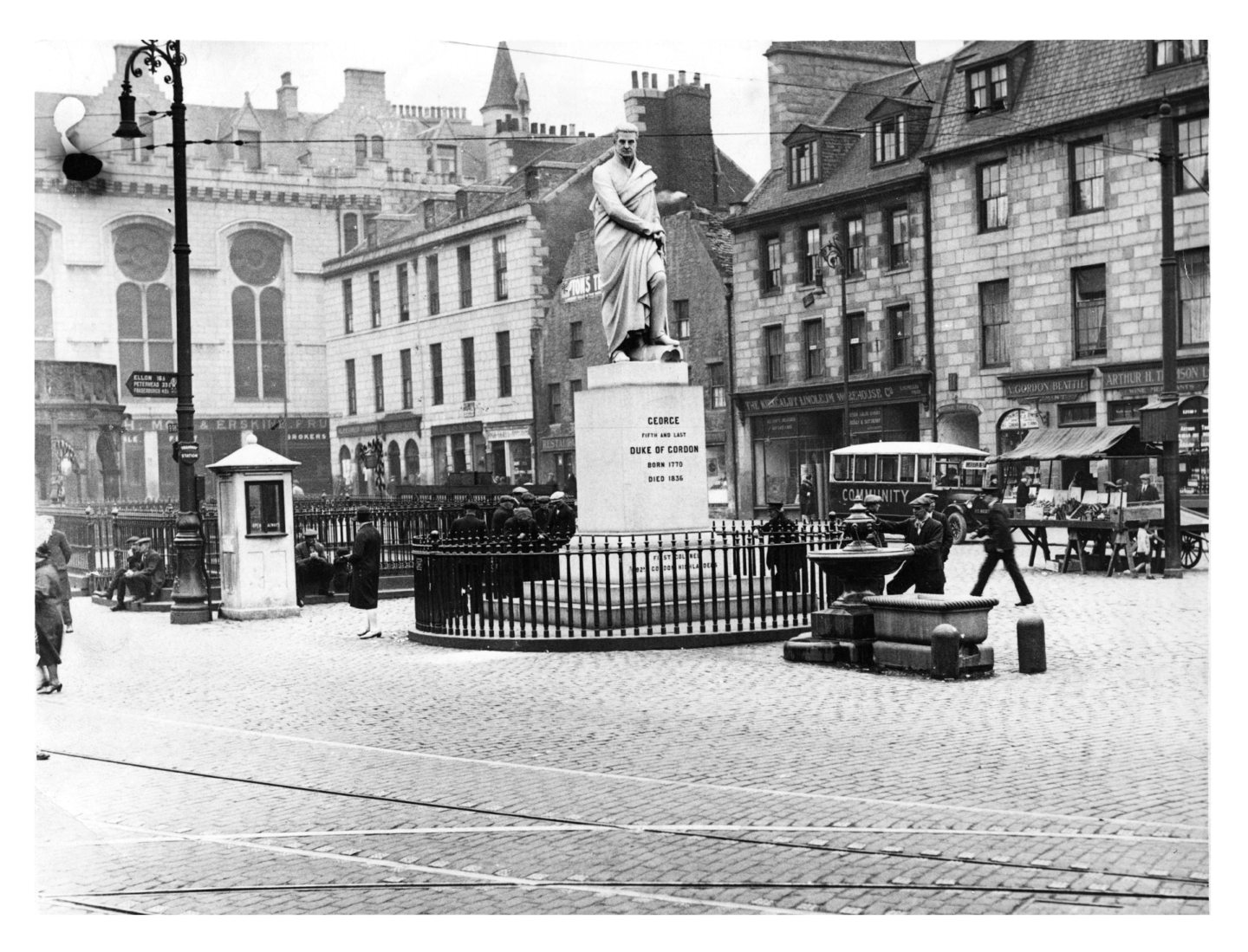
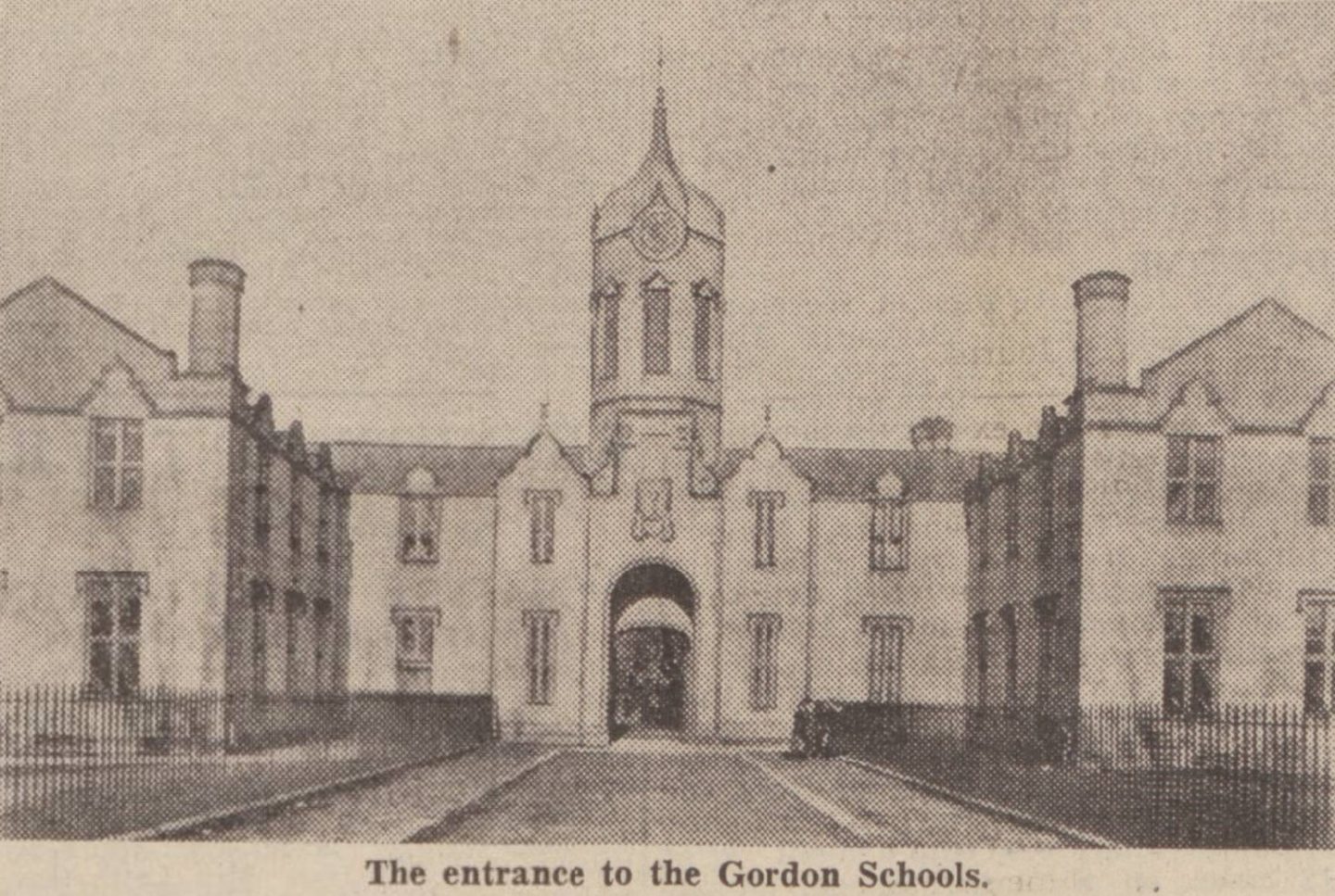
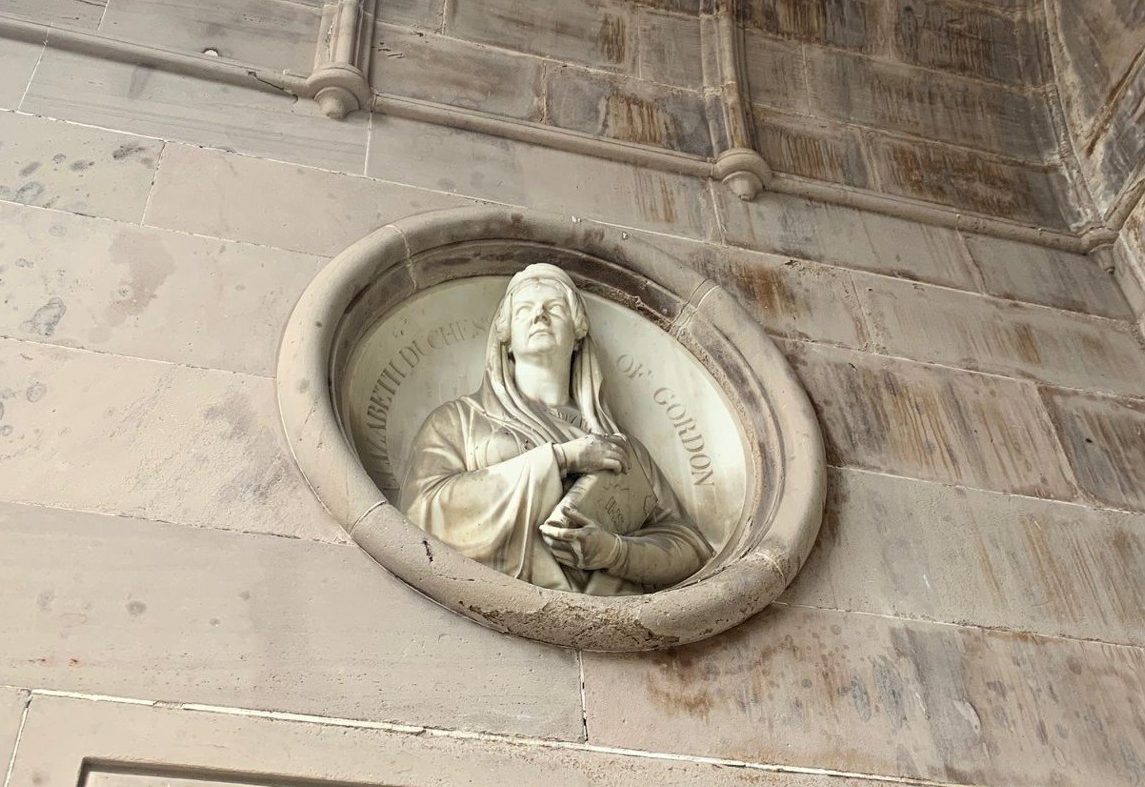
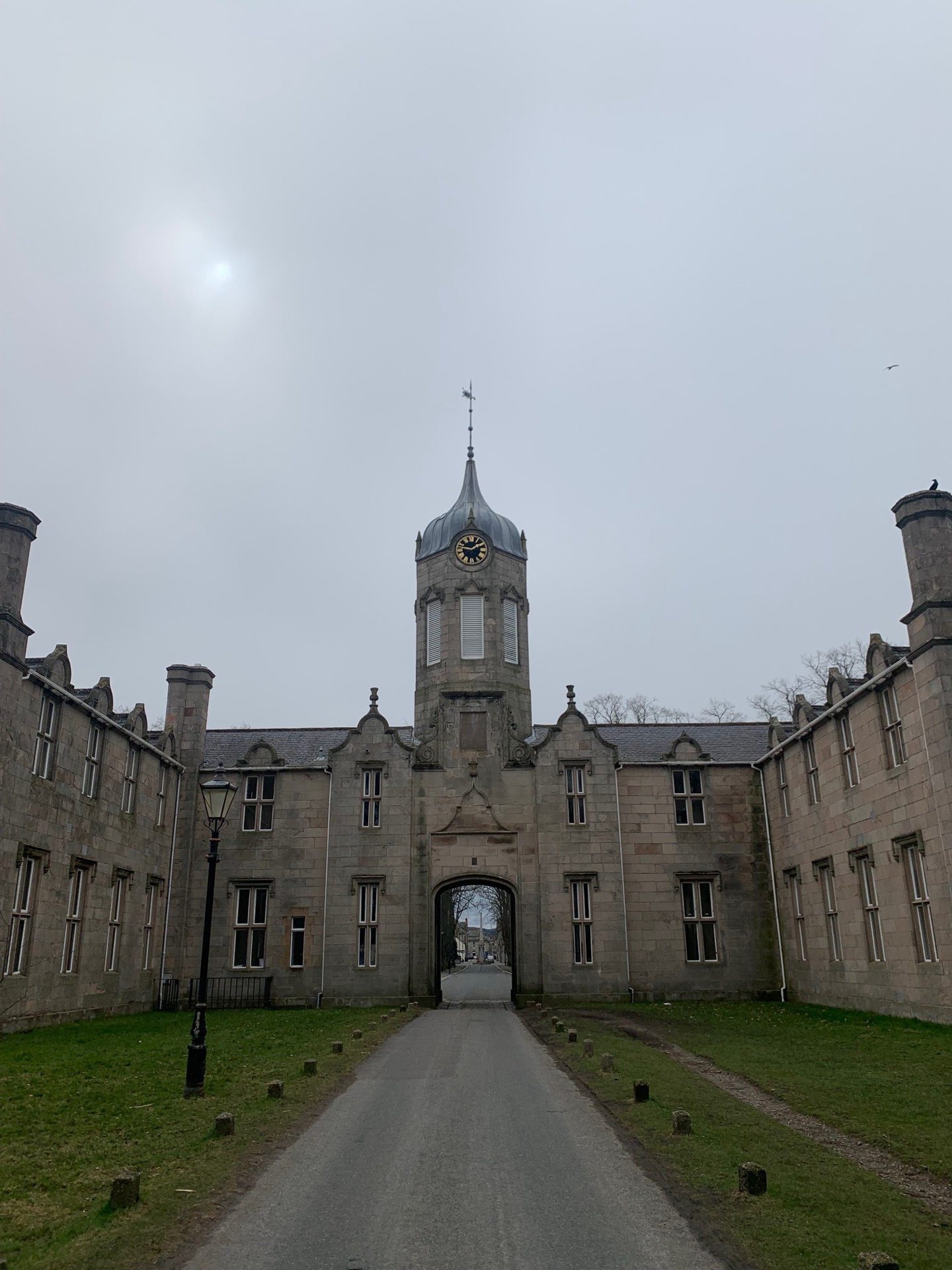
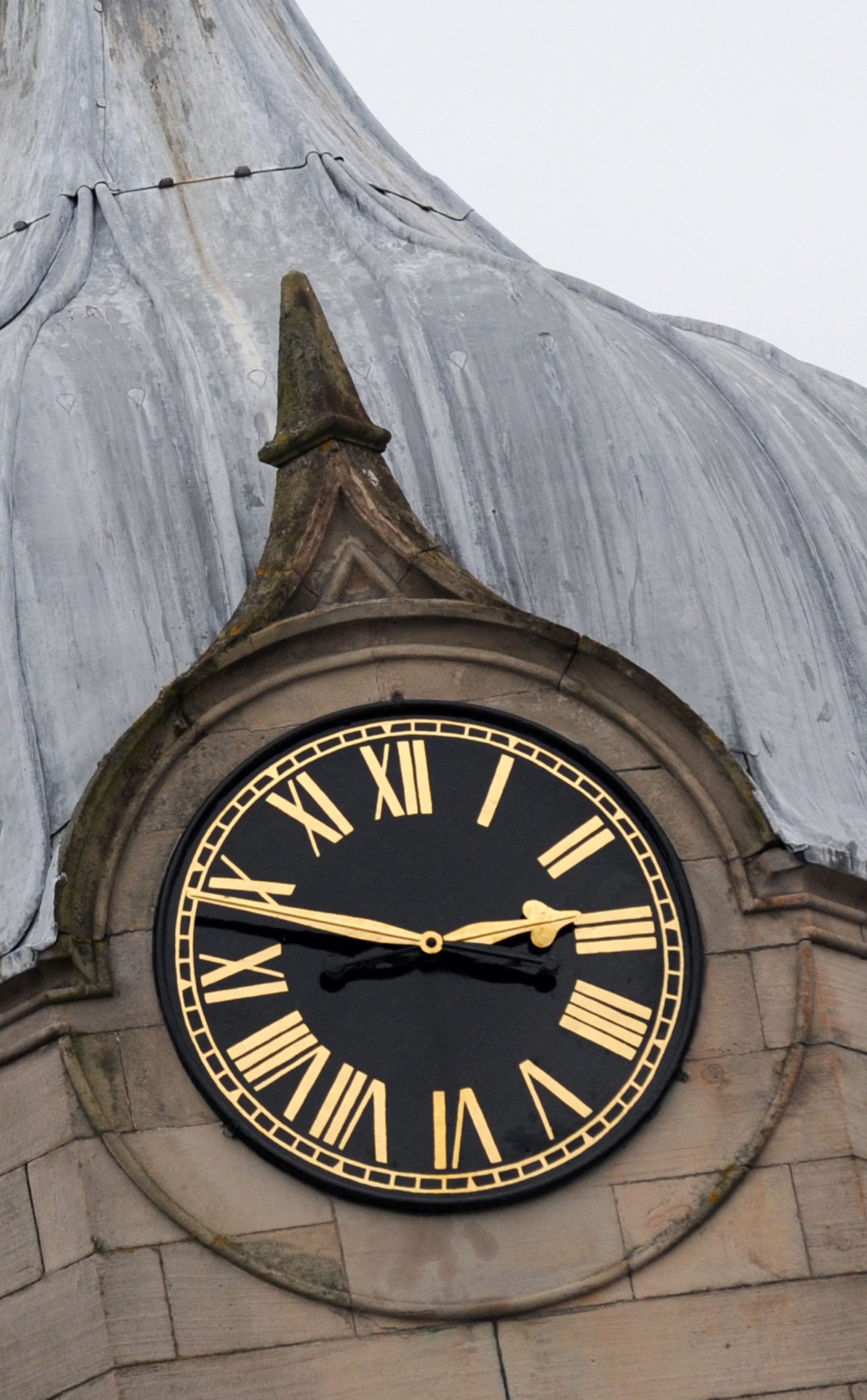
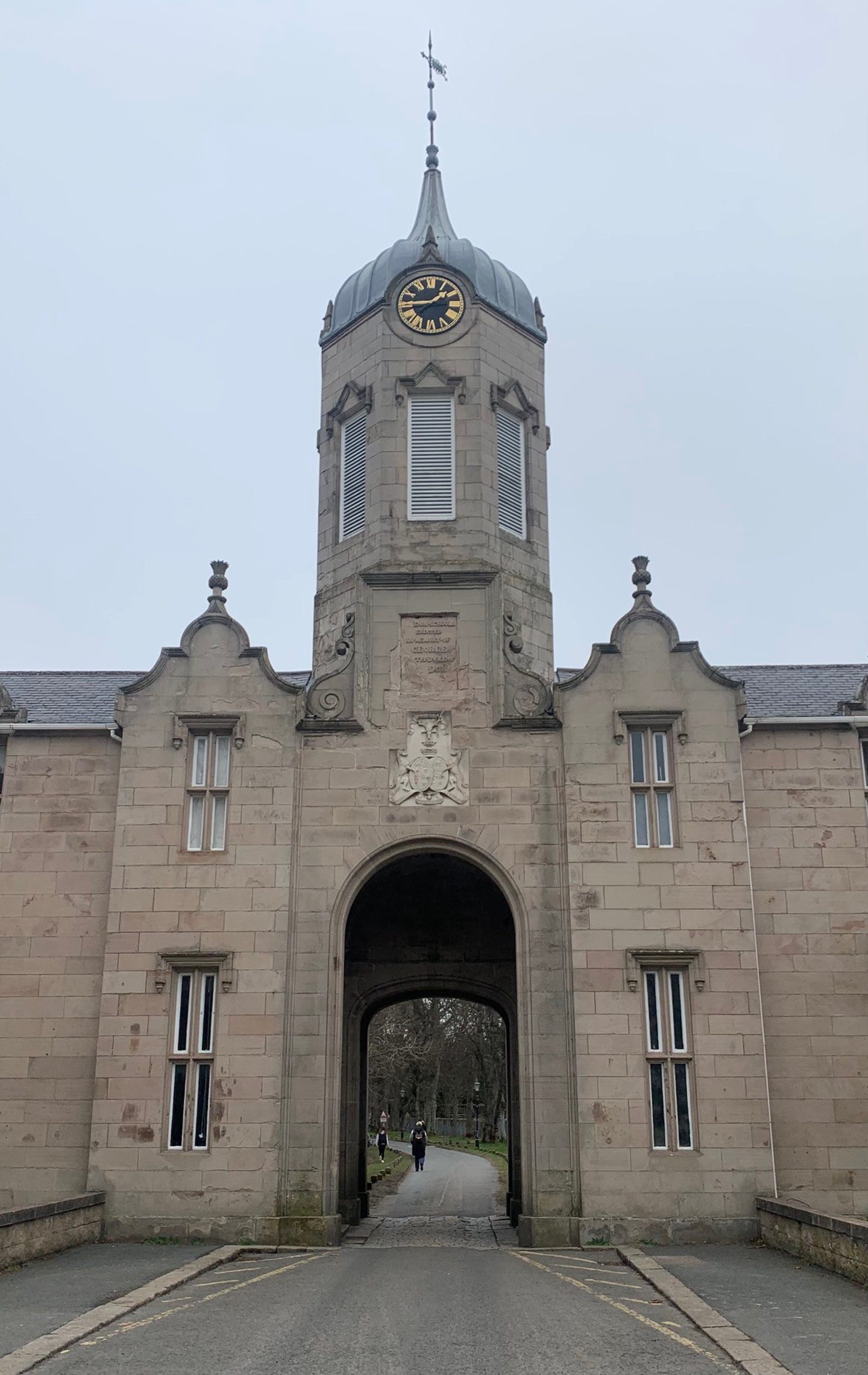
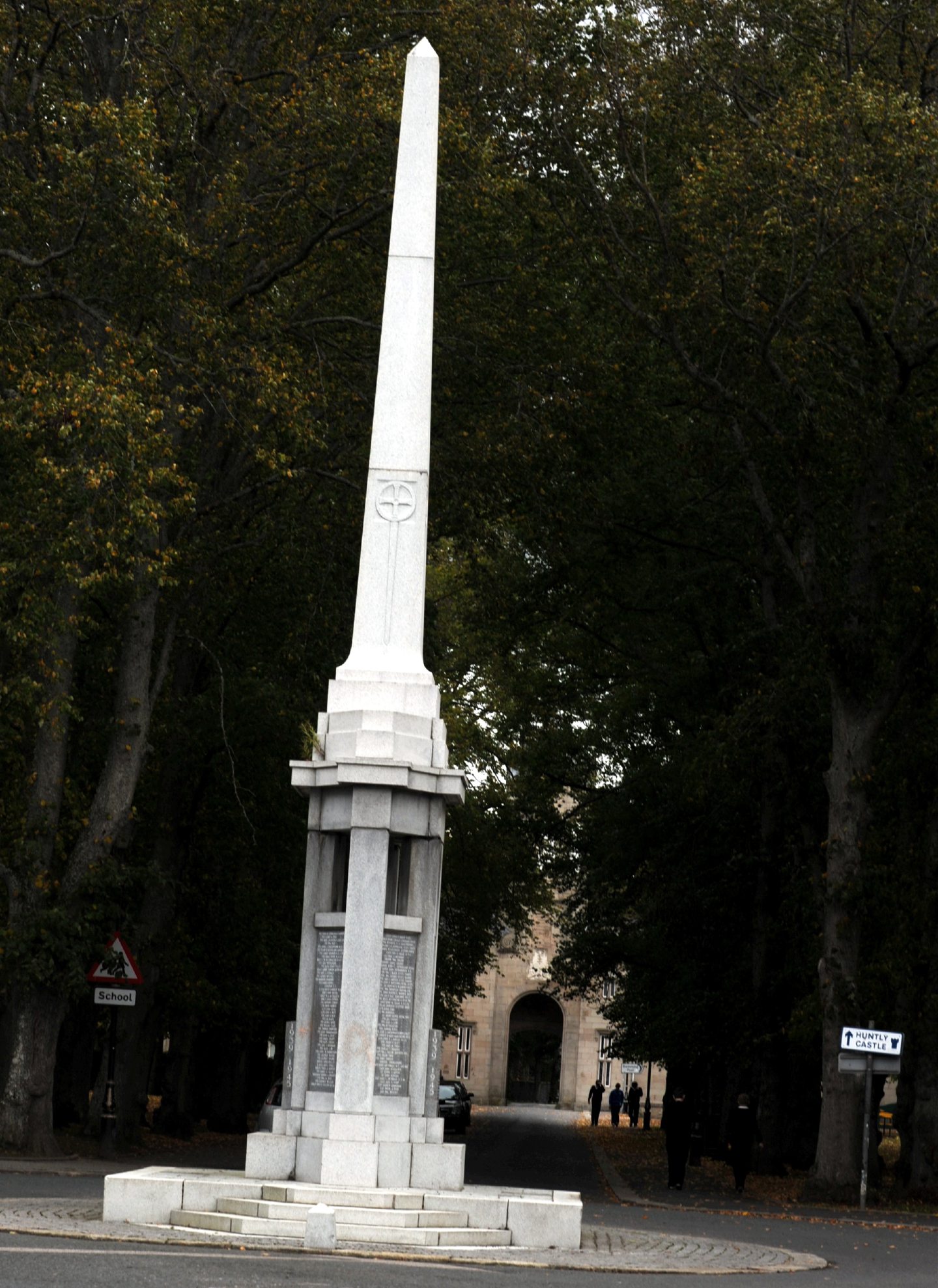
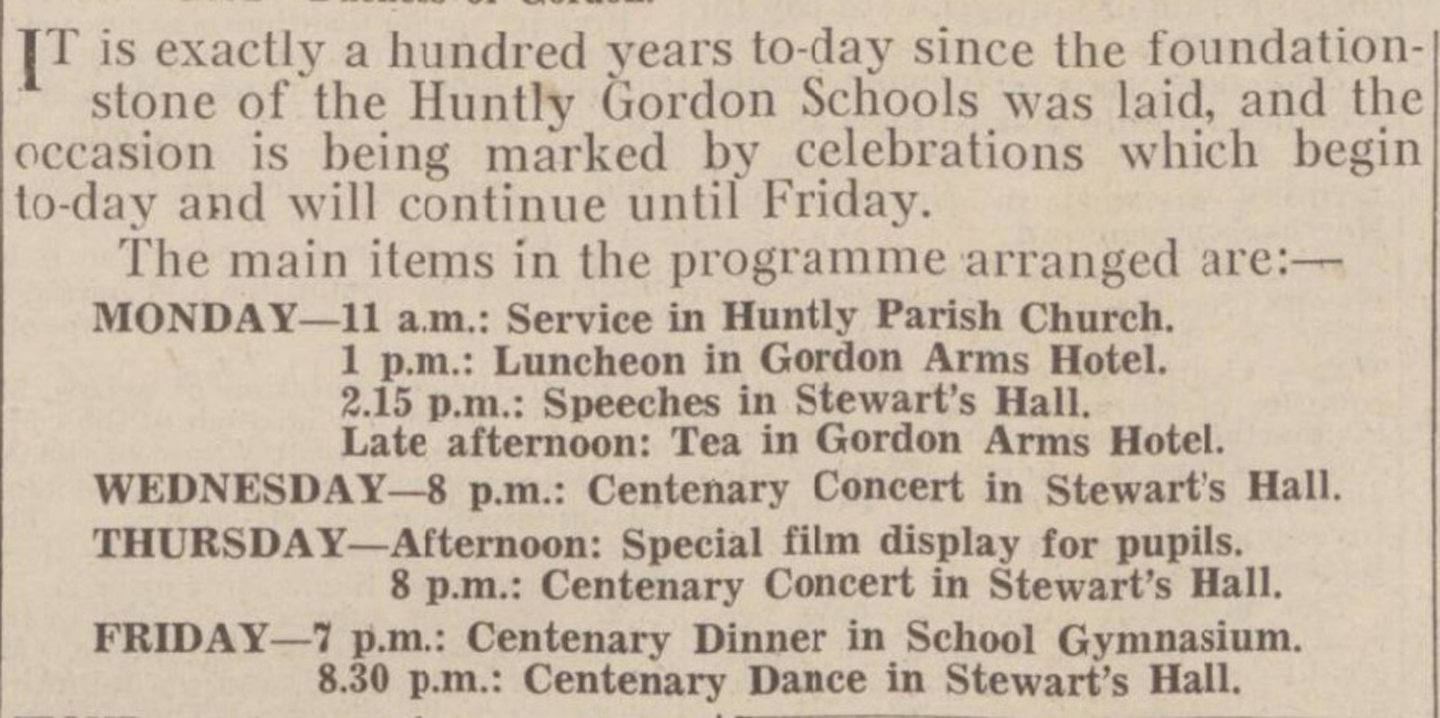
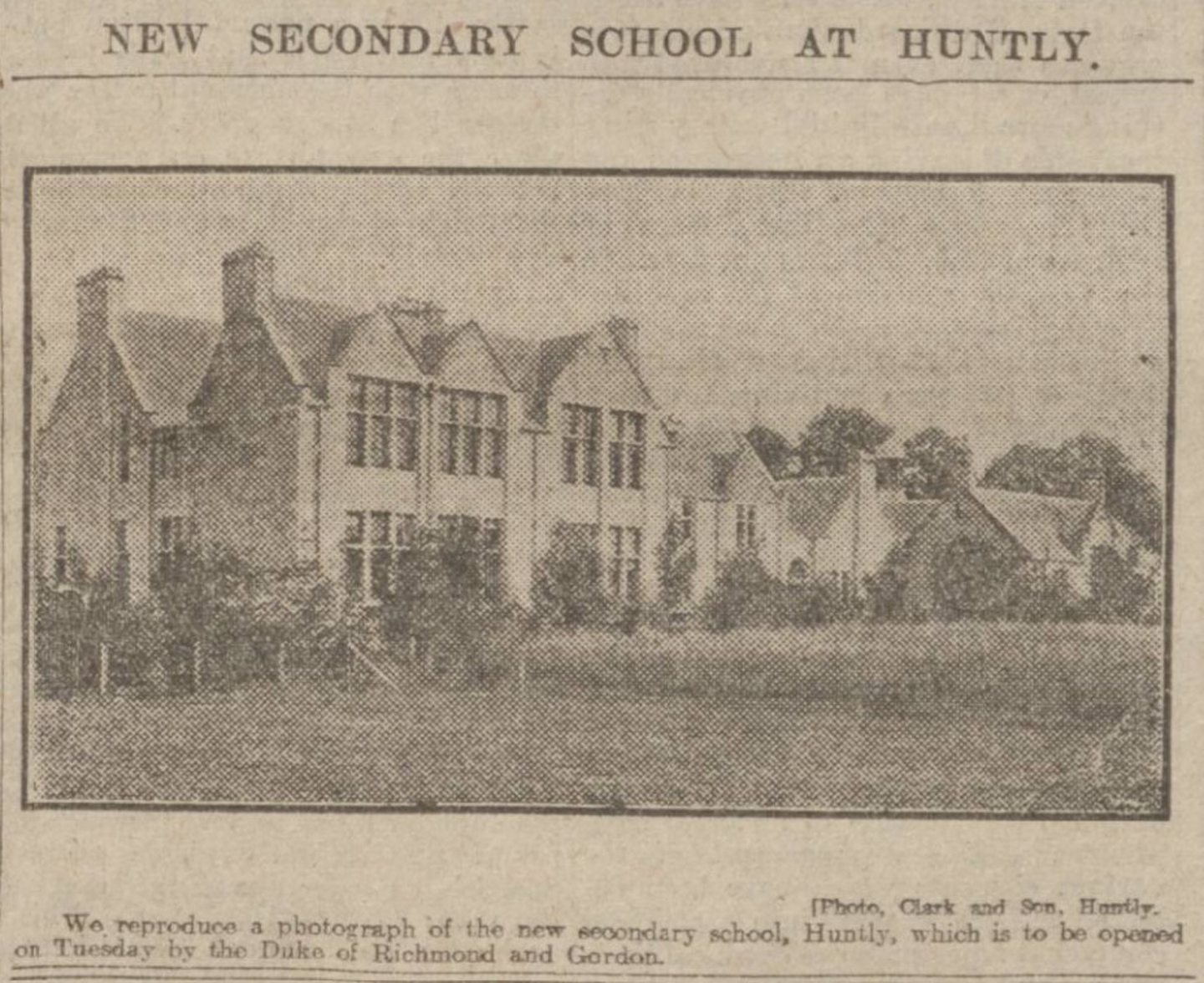
Conversation